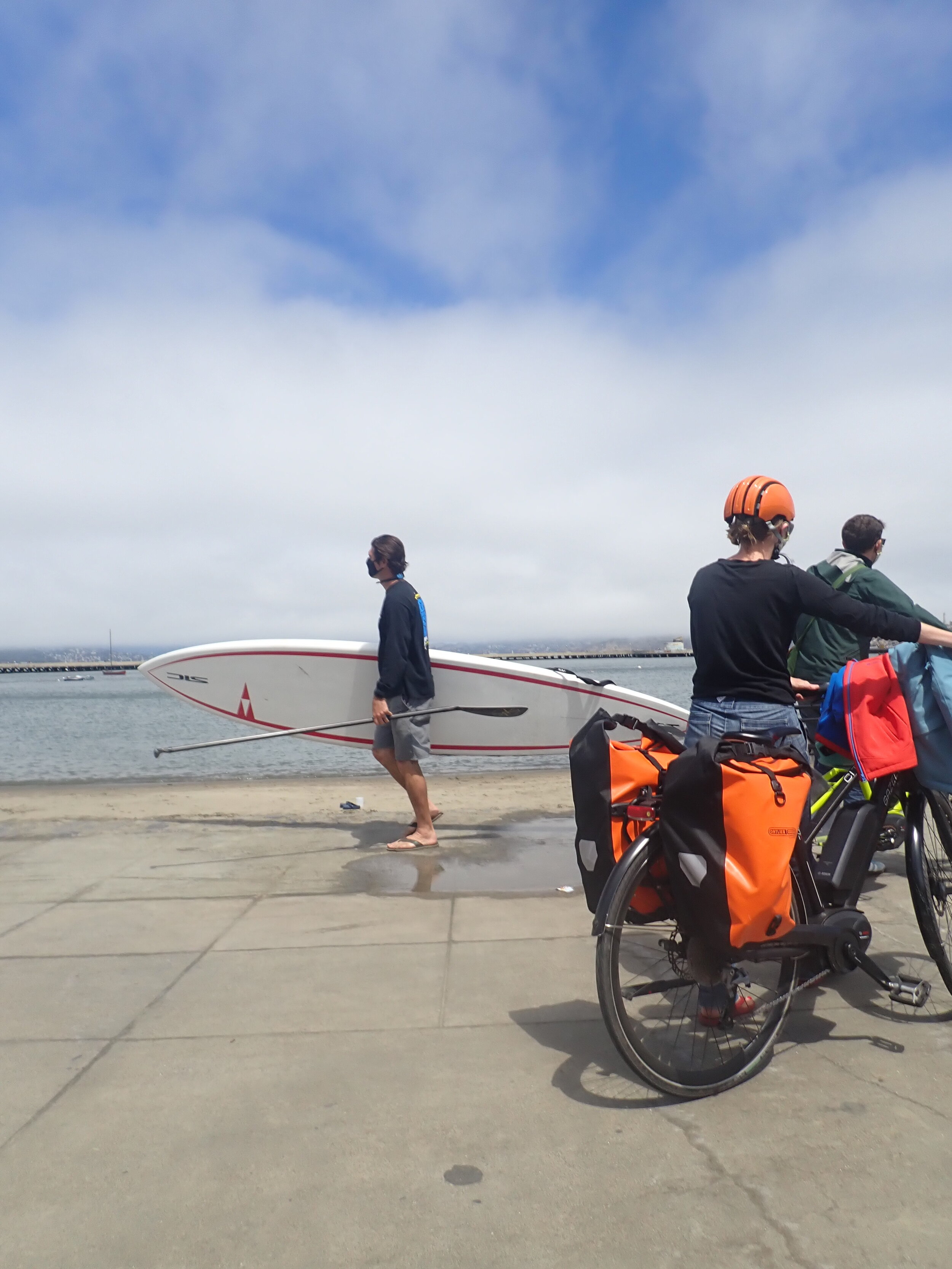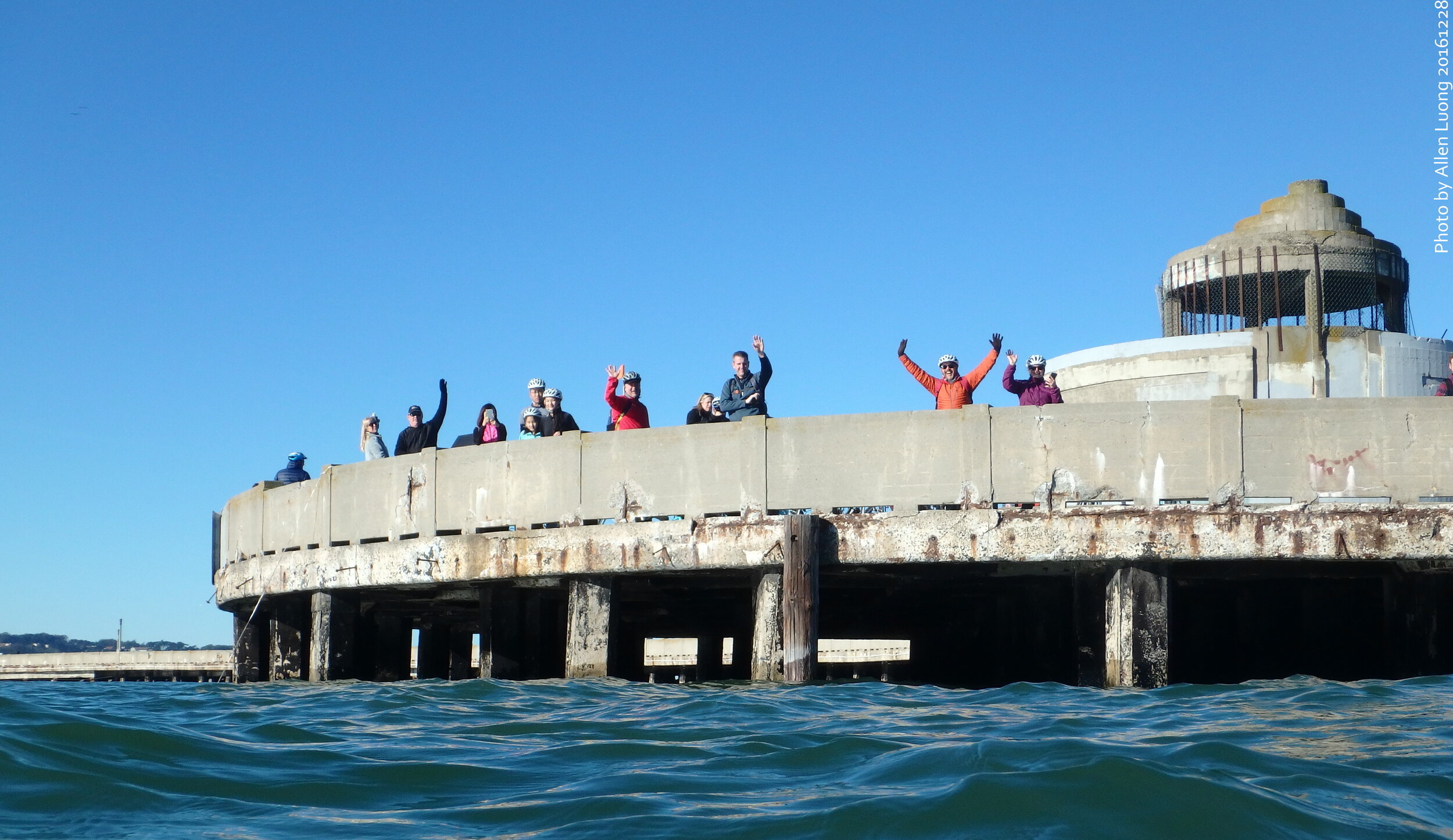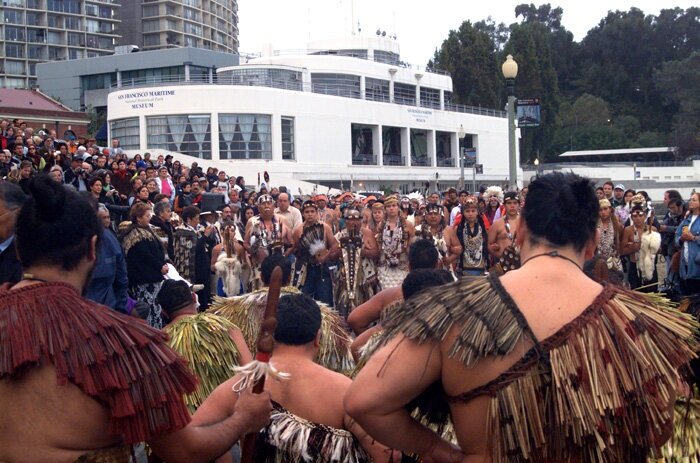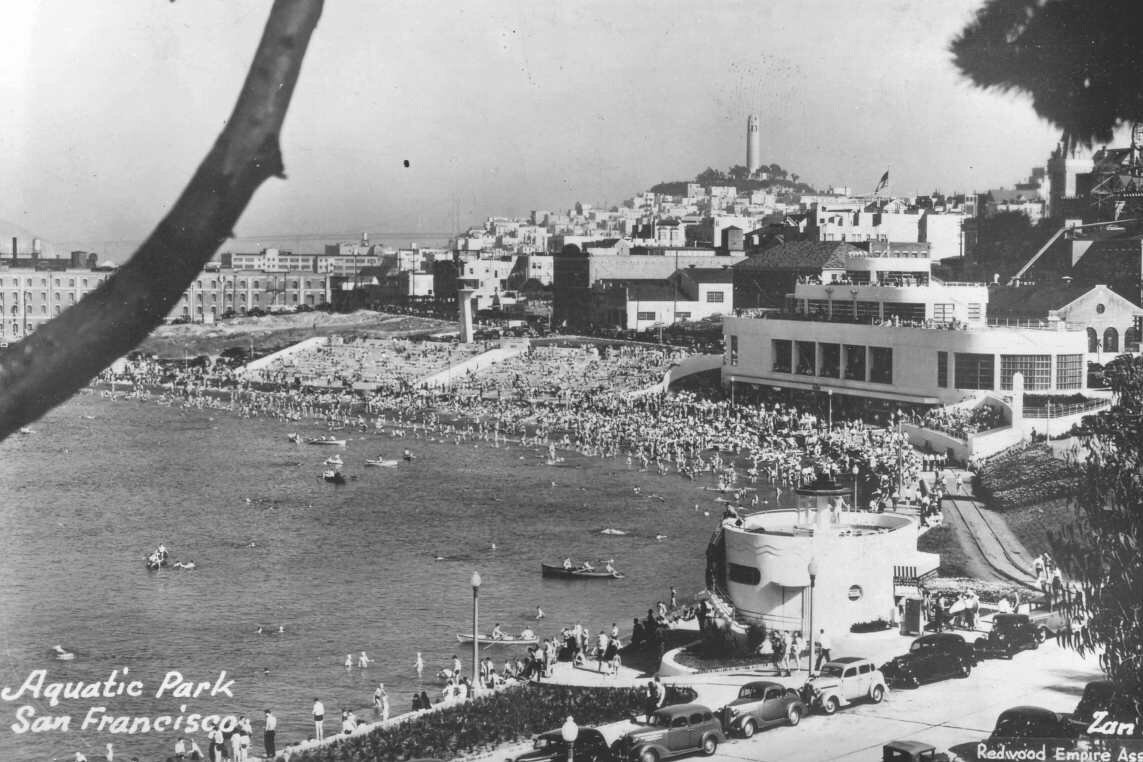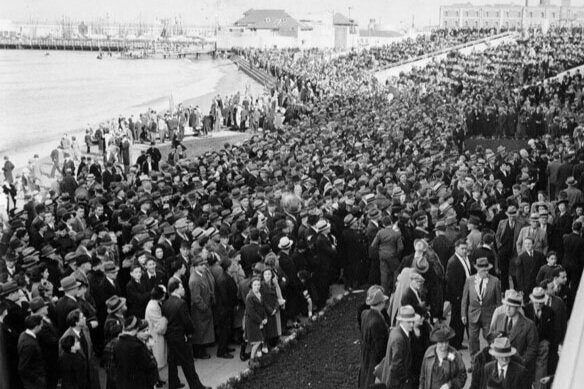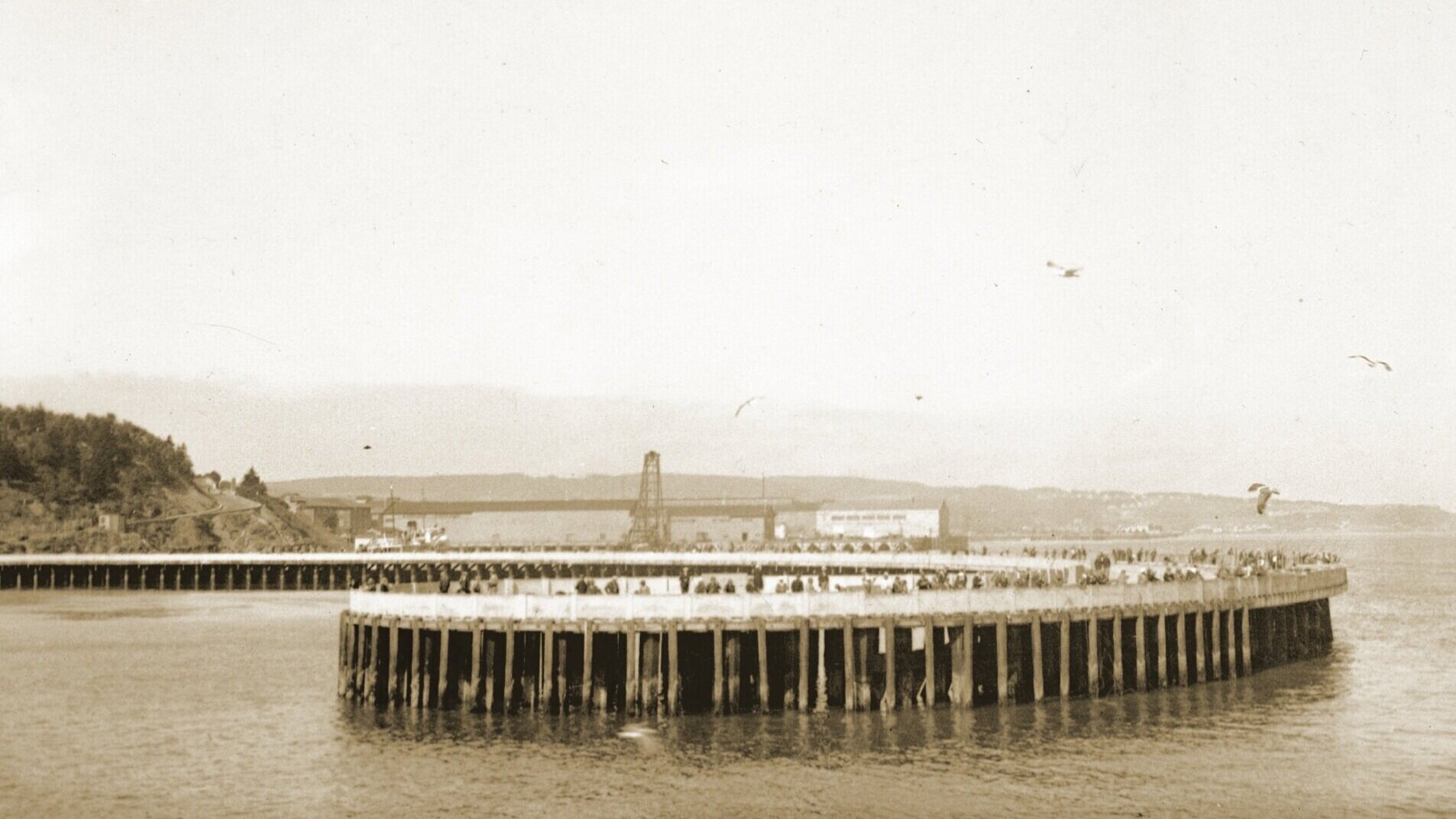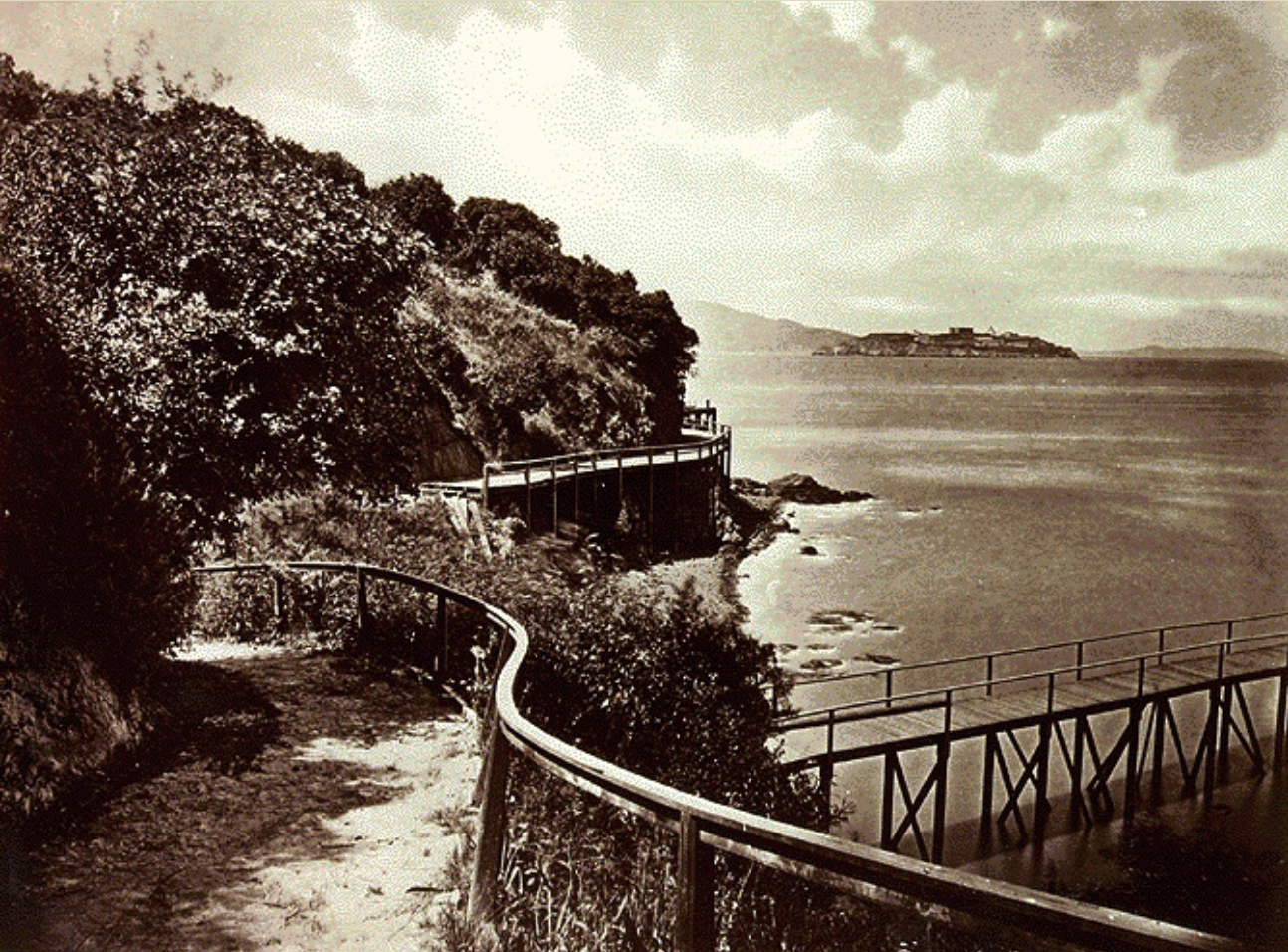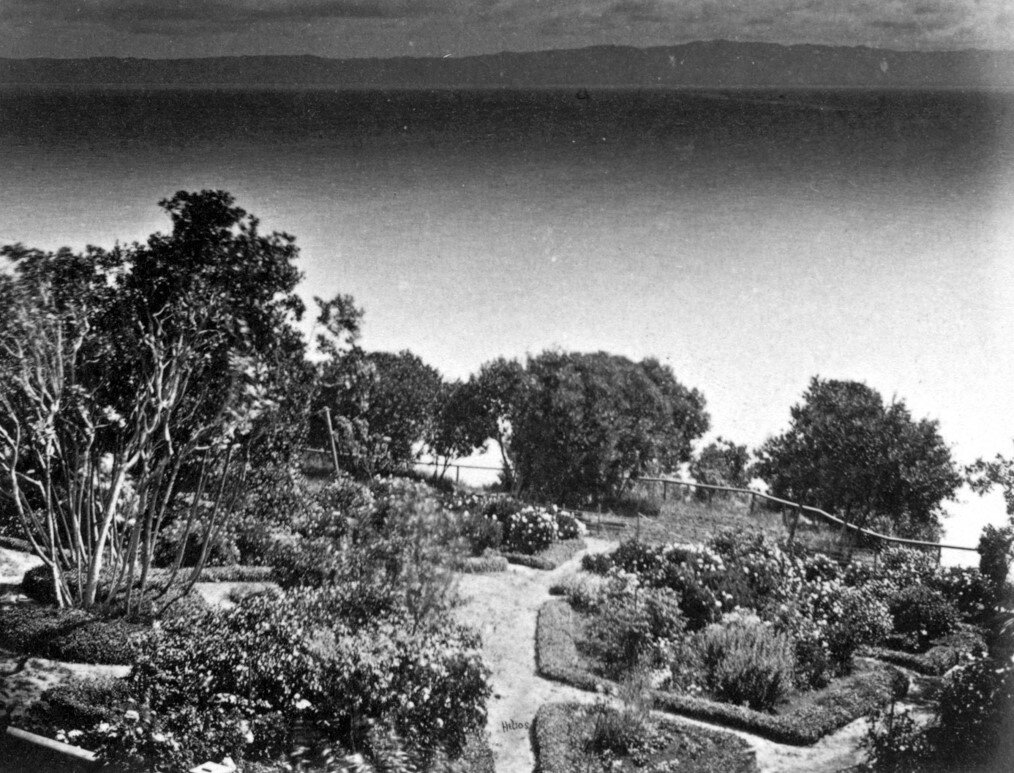
We believe that all San Francisco’s residents and visitors should have access to the city’s water recreation, culture, and maritime history.
“Here one may bathe, swim, canoe or sail…here thousands of happy youngsters find a protected playground in the waters and on the shore. Here thousands of wearied adults may sink into warm, embracing sand, content just to lie and relax, and revel in the beauties spread before them.”
— 1939 Work Progress Administration fact sheet on Aquatic Park
Recent Scenes from Aquatic Park
Got a story about Aquatic Park?
Over 4.2 Million People Visit Aquatic Park Annually.
That is More Than Yosemite.
The National Park Service reports that 4.2 million visitors to Aquatic Park in 2018 spent $106 million in communities near the park. That spending supported 1,060 jobs in the local area and contributed $121 million to the local economy.
Aquatic Park is a distinctive public park located at the head of Van Ness Avenue where it meets the northern waterfront’s aquatic recreation, natural and historic resources.
History of Aquatic Park & Pier
Aquatic Park and neighboring Fort Mason are storied public spaces along the northern waterfront, with lively recreation and cultural offerings amidst a spectacular natural and urban setting. Decades of citizen activism were instrumental in Aquatic Park’s creation and ultimate realization in the 20th Century, and citizen activism today will be instrumental in preserving it for future generations.
Built to create a protected cove where City residents could swim and recreate, the pier is now a threatened national historic landmark in need of major repair. Although built to the highest standard in the 1930s, decades of winter storms and pounding waves coupled with lack of funding for proper upkeep have significantly weakened this 1400-foot walkway over San Francisco Bay.
Aquatic Park has a rich history, characterized by competing industrial and recreational interests with the latter ultimately prevailing. In 1867 the Pioneer Woolen Mill and other industry dominated the landscape of Black Point Cove, the area that today we call Aquatic Park. The San Francisco Bay had been a dumping ground as the city expanded towards the bay. Much of today’s shoreline properties are composed of fill/debris from the many fires, earthquakes, and other catastrophes. Citizen activism in the late 19th and early 20th centuries resulted in the City of San Francisco establishing a public park at Black Point Cove, but it was the federal government whose WPA era investment enabled completion of the park’s construction during the 1930s. Today, Aquatic Park - also known as San Francisco Maritime National Historical District - is a national park that serves tourists who stop by San Francisco’s adjacent Fisherman’s Wharf and Ghirardelli Square, and it also functions as a treasured local park for city residents. Read more history here.








